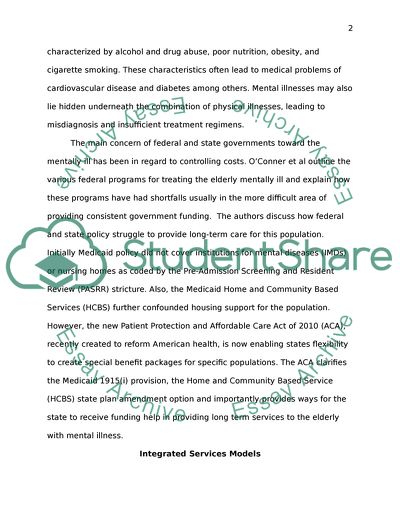Cite this document
(Community Health Framework and Intervention Plan Research Proposal - 1, n.d.)
Community Health Framework and Intervention Plan Research Proposal - 1. Retrieved from https://studentshare.org/social-science/1748608-community-health-framework-and-intervention-plan
Community Health Framework and Intervention Plan Research Proposal - 1. Retrieved from https://studentshare.org/social-science/1748608-community-health-framework-and-intervention-plan
(Community Health Framework and Intervention Plan Research Proposal - 1)
Community Health Framework and Intervention Plan Research Proposal - 1. https://studentshare.org/social-science/1748608-community-health-framework-and-intervention-plan.
Community Health Framework and Intervention Plan Research Proposal - 1. https://studentshare.org/social-science/1748608-community-health-framework-and-intervention-plan.
“Community Health Framework and Intervention Plan Research Proposal - 1”, n.d. https://studentshare.org/social-science/1748608-community-health-framework-and-intervention-plan.


